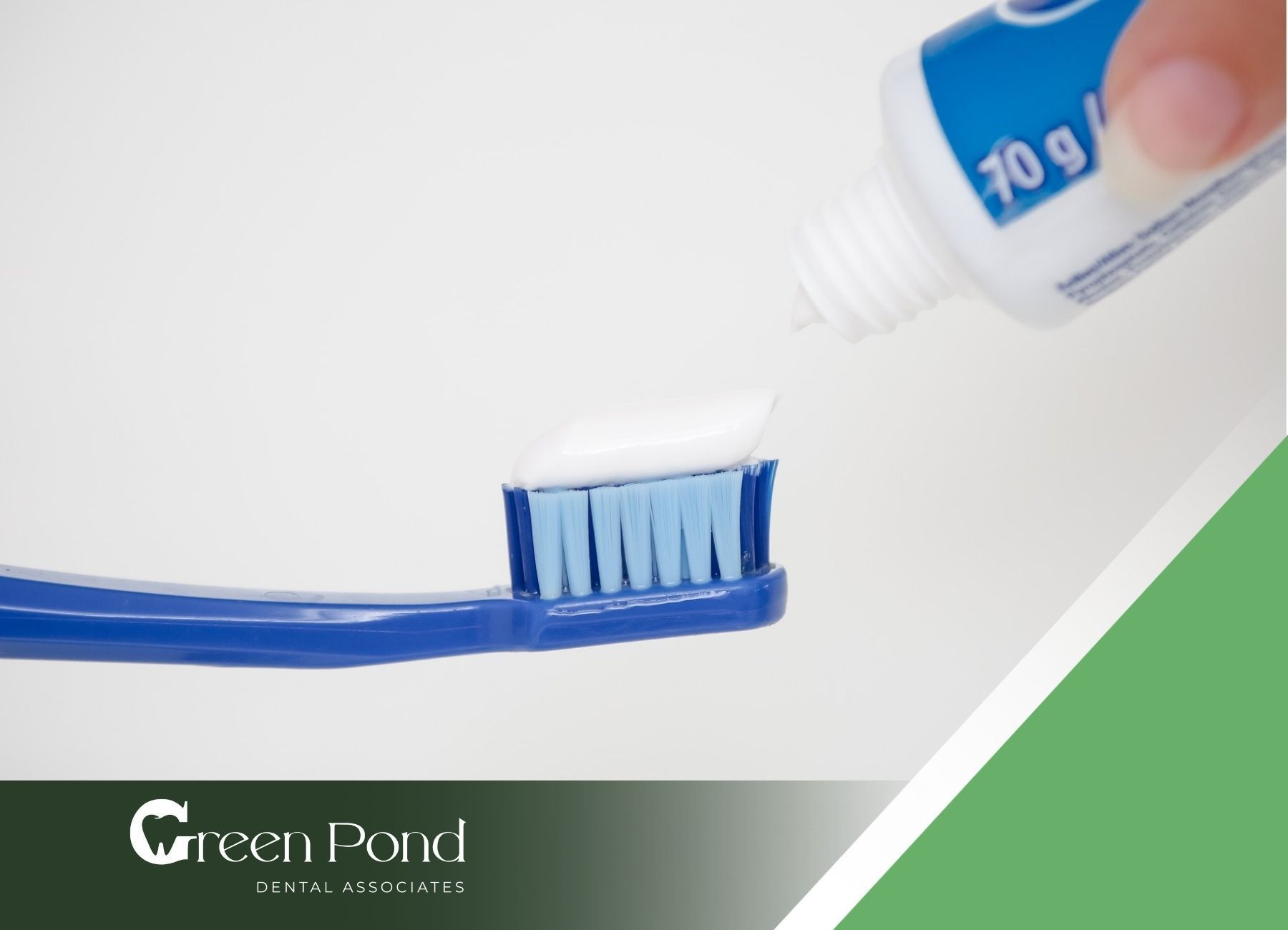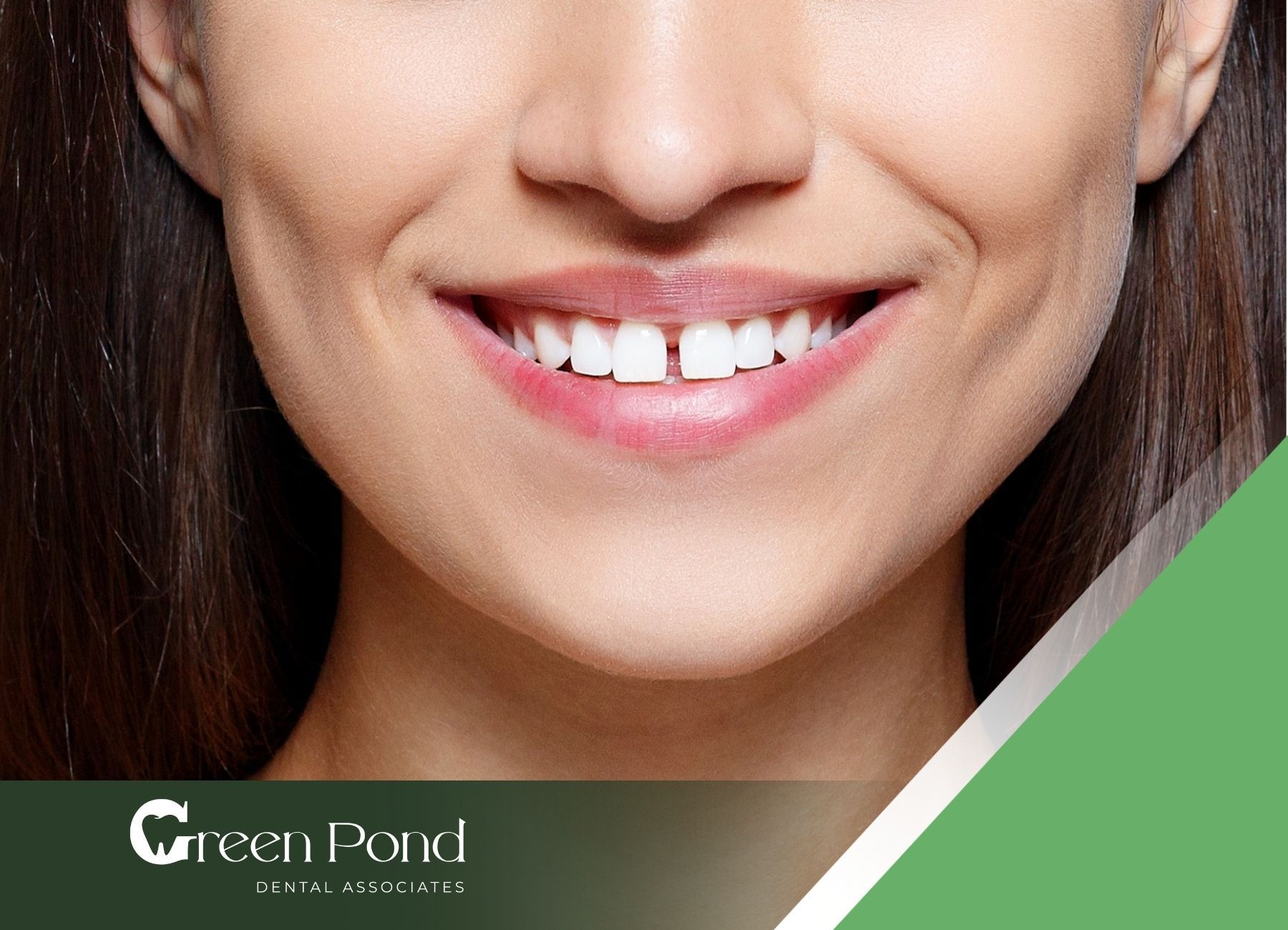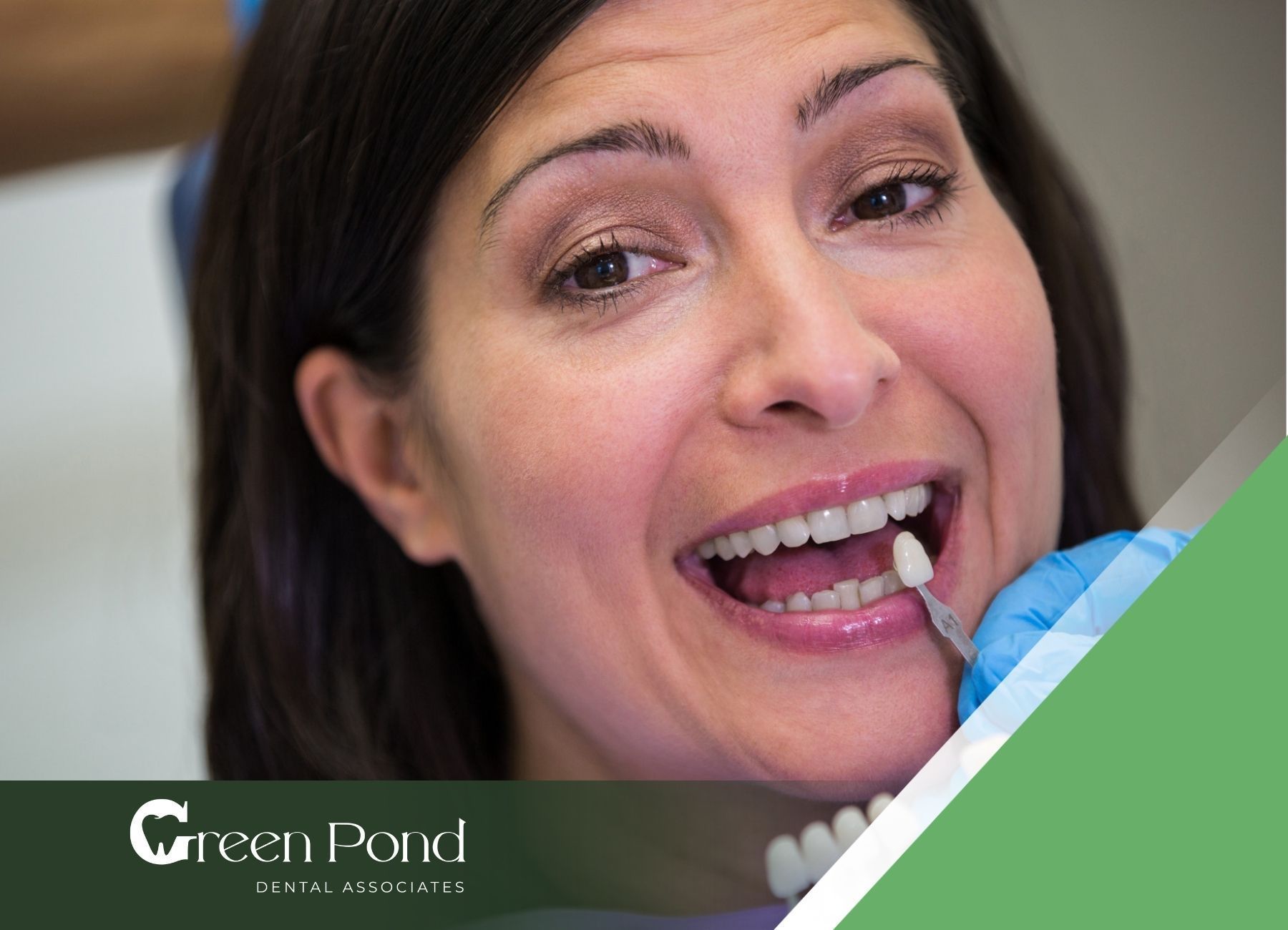What is Crossbite? Signs, Causes, and Treatments
A crossbite is a dental condition where one or more upper teeth overlap the lower teeth in the opposite direction. This misalignment can affect both the appearance and function of your teeth. Understanding the causes, symptoms, and treatment options for crossbite is essential for maintaining optimal oral health.
In this article, we'll delve into the world of crossbite, exploring its characteristics, potential consequences, and effective treatment strategies. Let's uncover the secrets to a healthy and aligned smile.
Understanding Crossbite
Definition and Types
A crossbite is a common dental issue characterized by misalignment where upper teeth do not sit outside lower teeth when the mouth is closed. This condition affects groups or individual teeth and can lead to irregular wear over time. Crossbites are categorized into two main types:
| Type of Crossbite | Description |
|---|---|
| Posterior Crossbite | Upper back teeth sit inside lower teeth. |
| Anterior Crossbite | Upper front teeth sit behind lower front teeth. |
Crossbites can impact both front and back teeth and are classified as a type of dental malocclusion.
Causes of Crossbite
Crossbites can arise from various factors, which may be genetic or circumstantial. Some of the primary causes include:
- Genetic Factors: A family history of dental issues can contribute to the development of crossbites.
- Circumstantial Factors: Delayed loss of baby teeth may lead to misalignment. Habits such as mouth breathing and thumb sucking can also contribute to the condition.
Understanding these causes can help individuals recognize the importance of monitoring dental health and seeking early intervention if necessary.
Symptoms of Crossbite
Identifying the symptoms of a crossbite is essential for individuals who may be experiencing this dental condition. A crossbite occurs when the upper teeth fit behind the lower teeth when the mouth is closed, affecting either the front or back teeth. This misalignment can lead to various symptoms that can impact daily life.
Visible Misalignment
One of the most apparent symptoms of a crossbite is a visible misalignment of teeth. Individuals may notice that their upper teeth do not sit correctly over their lower teeth, leading to an uneven smile. This condition can affect both anterior (front) and posterior (back) teeth.
| Symptom | Description |
|---|---|
| Upper Teeth Behind Lower Teeth | Upper teeth sit inside the lower teeth when the mouth is closed. |
| Facial Asymmetry | Severe cases may result in noticeable unevenness in facial appearance. |
In addition to the visual aspects, a crossbite can lead to uneven wear on teeth, ultimately affecting dental health and appearance.
Functional Difficulties
Functional difficulties may also arise due to a crossbite. These challenges can impact daily activities such as eating, speaking, and maintaining oral hygiene. Common functional difficulties associated with crossbite include:
| Difficulty | Description |
|---|---|
| Chewing or Biting | Individuals may experience discomfort or difficulty when chewing food. |
| Jaw Pain | Misalignment can lead to strain on jaw muscles, resulting in pain. |
| Speech Issues | Some individuals may find it difficult to pronounce certain sounds clearly. |
If left untreated, crossbites can lead to further complications, including chronic conditions like TMJ (temporomandibular joint disorder) and sleep apnea. Recognizing these symptoms early can help in seeking appropriate crossbite correction treatment and improving overall oral health.
Importance of Early Treatment
Addressing crossbite issues promptly is essential for achieving optimal dental health and function. Early intervention can significantly impact the outcomes of treatment and improve overall quality of life.
Best Age for Intervention
The best time to start treatment for crossbite is during childhood, ideally around ages 7 or 8. At this age, the jaw and face are still growing, which allows for more effective correction. Early intervention is possible before age 10, using tools such as palate expanders and braces to correct alignment while the jaw is still developing.
| Age Range | Recommended Action |
|---|---|
| 7 - 8 years | Initial evaluation by an orthodontist |
| Before 10 years | Possible use of palate expanders and braces |
| After 10 years | Continued monitoring and potential treatment |
Children should see an orthodontist by age 7 to monitor growth patterns and address potential crossbite issues early. Approximately 20% of children experience some form of crossbite, highlighting the importance of early detection and treatment.
Long-Term Benefits
Early treatment of crossbite has numerous long-term benefits that extend beyond cosmetic appearance. Correcting a crossbite can prevent complications, improve oral function, and enhance facial aesthetics. This proactive approach can reduce the need for extensive dental procedures in the future.
Some key long-term benefits of early intervention include:
- Improved Oral Function: Enhanced biting and chewing capabilities, leading to better digestion.
- Reduced Risk of Dental Issues: Lower chances of developing tooth wear, gum disease, and jaw pain associated with misalignment.
- Enhanced Facial Aesthetics: Improved smile and facial symmetry, boosting self-esteem and confidence.
By addressing crossbite early, individuals can achieve a healthier bite and prevent potential complications down the line.
Treatment Options Available
Addressing crossbite requires careful consideration of various treatment methods. The choice of treatment often depends on the severity and underlying causes of the misalignment. This section explores the two primary categories of treatment options: orthodontic devices and surgical methods.
Orthodontic Devices
Orthodontic devices are the most common solution for correcting crossbites, especially in children and adolescents. These devices aim to align teeth properly and promote healthy jaw growth. Some common orthodontic devices used include:
- Braces: Traditional metal braces are frequently employed to correct crossbite. They work by applying continuous pressure to the teeth, gradually moving them into the desired position. Effective treatments for crossbites in children often include braces, which can be used alone or in combination with other devices.
- Palatal Expanders: This device is used to widen the upper jaw, making it possible for the upper teeth to fit more comfortably with the lower teeth. Palatal expanders are often used in conjunction with braces for more effective results.
Removable Appliances: These are custom-made devices that can be removed by the patient. They are typically used for mild crossbites and may include retainers or aligners like
Invisalign.
| Orthodontic Device | Purpose | Typical Duration |
|---|---|---|
| Braces | Align teeth | 18 months to 3 years |
| Palatal Expanders | Widen upper jaw | 6 months to 1 year |
| Removable Appliances | Adjust alignment | Varies based on treatment plan |
Surgical Methods
In severe cases of crossbite, especially in adults, surgery may be necessary to achieve proper alignment. Surgical methods can be combined with orthodontic treatment for optimal results.
- Jaw Surgery: Surgical intervention may involve repositioning the lower jaw (mandible) or upper jaw (maxilla) to correct the misalignment. This approach is usually recommended for adults with significant jaw discrepancies that cannot be corrected with orthodontics alone.
- Orthognathic Surgery: This type of surgery is performed to correct skeletal and dental irregularities, improving bite function and facial aesthetics. It may be combined with braces for a comprehensive treatment plan.
| Surgical Method | Purpose | Typical Recovery Time |
|---|---|---|
| Jaw Surgery | Realign jaw | 4 to 6 weeks |
| Orthognathic Surgery | Correct skeletal issues | 6 to 12 weeks |
Selecting the appropriate treatment for crossbite is essential for achieving a healthier bite and preventing long-term oral health issues. Individuals should consult with an orthodontist or oral surgeon to determine the best approach based on their specific circumstances.
Potential Complications
Crossbite can lead to various complications that affect both oral health and overall quality of life. Understanding these potential issues is crucial for those who have a crossbite and are considering correction options.
Oral Health Risks
Untreated crossbites can result in significant oral health risks. These include:
- Dental Decay: Difficulty in cleaning teeth due to misalignment can lead to an increased risk of cavities.
- Gum Disease: Misaligned teeth can cause improper gum health, leading to infections and disease.
- Jaw Problems: Excessive strain on jaw joints may result in temporomandibular joint (TMJ) disorders, which can cause pain and discomfort.
- Sleep Apnea: In severe cases, a crossbite can contribute to breathing issues during sleep.
Impact on Quality of Life
The effects of a crossbite extend beyond oral health, significantly impacting quality of life. Individuals may experience:
- Difficulties Chewing and Speaking: Misalignment can make it challenging to chew food properly and articulate words clearly.
- Self-Esteem Issues: Visible misalignment can lead to self-consciousness about appearance.
- Pain and Discomfort: Chronic jaw pain and headaches may arise from the strain on jaw muscles and joints.
- Altered Facial Features: Long-term untreated crossbites may lead to changes in facial structure.
Recognizing these potential complications emphasizes the importance of seeking crossbite correction. Early treatment can help prevent these issues, ensuring better oral health and an improved quality of life.
Cost and Insurance Considerations
Understanding the financial aspects of crossbite correction is essential for individuals considering treatment. The costs can vary widely based on the type of treatment, severity of the crossbite, duration of treatment, and geographic location.
Treatment Costs Overview
The cost of crossbite treatment typically ranges from $3,000 to $7,000 without insurance. For those with insurance, the average out-of-pocket expenses are between $1,500 and $3,500. Treatment costs can fluctuate based on specific needs and the complexity of the case. Below is a breakdown of common treatment options and their associated costs:
| Treatment Option | Cost Range |
|---|---|
| Braces | $3,000 - $8,000 |
| Invisalign | $3,000 - $8,000 |
| Surgical Correction | Varies significantly based on the complexity |
Insurance Coverage Options
Medical and dental insurance may cover crossbite treatment if it is determined to be medically necessary. However, coverage is often less common for adults compared to children. Many dental insurance plans cover a portion of orthodontic treatments, but the extent of coverage may vary significantly.
Patients should check their insurance policy details to understand what portion of the treatment costs will be covered. Individuals should consult with their insurance provider and their orthodontist to clarify coverage options and out-of-pocket expenses.
| Insurance Type | Coverage for Crossbite Treatment |
|---|---|
| Medical Insurance | Possible, if deemed medically necessary |
| Dental Insurance | May cover a portion, varies by plan |
| Adult Coverage | Less common than for dependent children |
The financial considerations surrounding crossbite correction are significant. Patients must explore all options, including insurance coverage, to make informed decisions regarding their treatment.
Conclusion
Crossbite is a dental condition that can affect both the appearance and function of your teeth. Early diagnosis and treatment are essential for preventing complications and achieving a healthy smile. By understanding the signs, causes, and treatment options, you can take proactive steps to address crossbite and improve your oral health.
Green Pond Dental is your trusted partner in achieving a healthy and beautiful smile. Our experienced dentists offer comprehensive orthodontic treatments, including effective solutions for crossbite. With a focus on patient comfort and satisfaction, we provide personalized care tailored to your unique needs. Contact Green Pond Dental today to
schedule a consultation and explore your treatment options.










